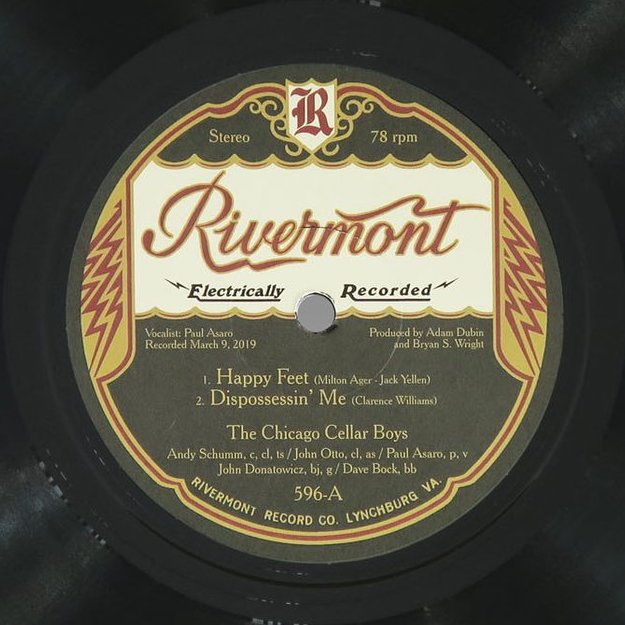For most of the people born and raised in Japan, every August means very special, making them feel very solemn – Nuclear bombing in Hiroshima (Sunday, 8:15 AM, August 6, 1945) and Nagasaki (Thursday, 11:02 AM, August 9, 1945); the end of the World War II aka the Pacific War (Wednesday, August 15, 1945); and coincidentally Aug. 15 is the “Obon” day – Buddist custom to honor the spirits of ancestors. Although I really do know (even as a native Japanese) that there’s been many public debates and controversies around the world relating to the use of nuclear weapons, every August we Japanese renew our determination to attain peace, talking to ourselves we never want to repeat the tragedy.
我々日本人の多くにとって、毎年8月というのは特別な月です。もちろんそれは広島と長崎に原子爆弾が投下され多くの方が犠牲になった月、そして終戦を迎えた月であるからです(また終戦記念日は偶然にもお盆でもあります)。原子爆弾が使用された事実については世界中で賛否両論の議論があるのは知っていますが、日本人にとって毎年8月が特別な気持ちにさせられる月であることは事実であり、悲劇が繰り返されないことを願い、平和を祈念する月でもあります。
On the other hand, some of the Japanese have been enthusiastic about Jazz music for many years (even since before the end of the WWII) – of course I’m one of such Jazz fans for dozens of years. And I sometimes encounter the Jazz/Popular songs that make me feel very confused with mixed emotions. “Hiroshima” by Albert Ammons is one of them.
その一方で、日本人の中には熱狂的なジャズファンが長らくいたわけで、私もその1人なのですが、そんな私がたまに複雑な気持ちにさせられたり、どう受け止めたらいいのかよく分からなくなる、そんなジャズやポピュラーの楽曲に出会うことがあります。アルバート・アモンズ (Albert Ammons) の「Hiroshima」という演奏もそんな曲です。
Read More / 続きを読む →
 Read More / 続きを読む
Read More / 続きを読む 


![[That's A Plenty Cover]](https://microgroove.jp/img/Thats_A_Plenty_Cover.jpg)
![[That's A Plenty]](https://microgroove.jp/img/ThatsAPlenty.jpg)